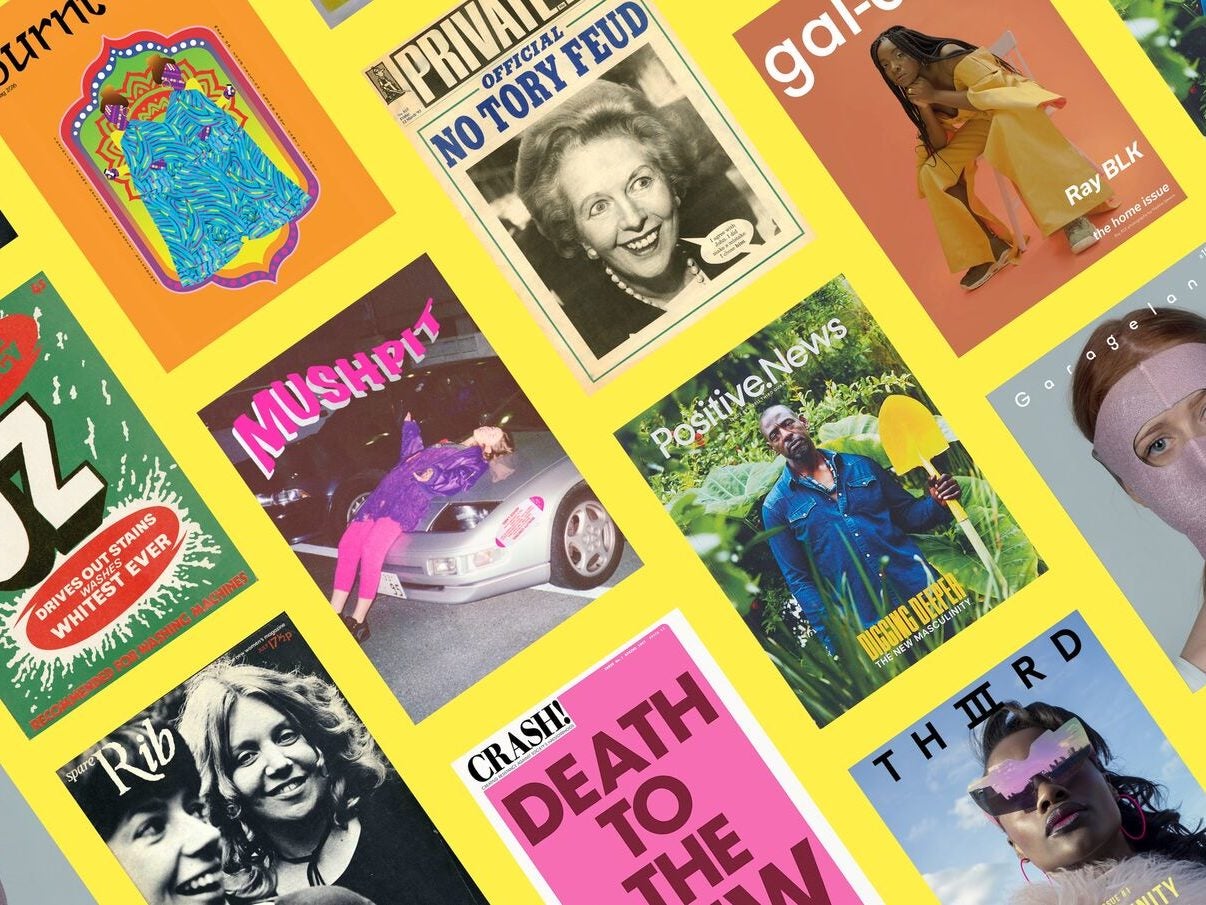
A new exhibition at London-based arts centre Somerset House will explore the impact that independent print magazines have had in Britain.
The exhibition, called Print! Tearing It Up, will trace over a century of British magazine history up to modern day titles and looking into the future of print.
Somerset House senior curator Claire Catterall and journalist and author Paul Gorman, who has written for GQ, Vanity Fair and Vice, helped put together the exhibition.
Gorman told Press Gazette: “It’s about the power of print. There’s a pretty vibrant independent magazine scene in the country at the moment.”
He added: “The exhibition is championing this area of British creativity which is under-acknowledged.
“Hopefully people will come away with more of an interest and feel inspired by it.”
Print! Tearing It Up will showcase a wide range of magazines that are “provocative or slightly weird”, according to Gorman, and will cover topics such as politics, satire, lifestyle, gender and sexual politics, and race and identity.
On display will be a range of titles including Blast, a British literary magazine which was first published in 1914, and feminist and counter culture magazine Spare Rib that shaped debate in the 1970s, as well as more familiar names such as Private Eye.
Gorman said: “We thought that we’d have a show that celebrated new and progressive magazines and set it in the context of the underground press of the 1960s and Blast in 1914.”
The current wave of independent magazines are also given due prominence.
“There seems to be a generation of younger people who are going back to one of the oldest forms of communication, dating back to the 14th century,” said Gorman.
“Maybe it’s part of the vinyl revival, the authenticity business, but I think it has a bit more integrity than that because it takes care, consideration, application and quite a lot of hard work to produce a magazine.”
Sharan Dhaliwal, editor of Burnt Roti, a magazine for south-east Asian women which features in the exhibition, said: “Print publishing means that we’re not posting articles which are lost in the ether of the internet.
“Stick it on a page in a magazine and it’s there forever. Print has a permanence which digital and online formats don’t offer.”
Gorman added: “It’s also got integrity, it takes care and commitment to produce.
“I think it’s an interesting way in which contemporary subject matter is approached and I’d far rather read that than the mainstream media.”

Other modern magazines featured include Mushpit, which recently published its tenth issue, Gal-Dem which describes itself as a magazine for non-binary people of colour, and Real Review, an alternative architecture magazine.
“Young people are using print journalism as a form of expressing themselves,” said Gorman.
“They can afford to be more innovative.”
He added: “I’ve worked in magazines all my life and advertising departments drive the business as much as the editorial so these people have slightly more leeway in terms of what they’re producing, which makes the end product more exciting.
“They’re prepared to take a punt on a logo or masthead or front cover design that maybe more corporate established magazines can’t because they’ve got established readerships and expectations that go with it.”
Commenting on the current state of the magazine industry Gorman said: “I think the corporate model has failed, like the music companies and record labels, the major publishers have failed.”
He added: “When Glamour was closed by Conde Nast in October last year it was selling 260,000 copies a month and yet they closed it. It didn’t work in terms of their economics.
“Meanwhile these magazines, which sell maybe 300 copies a month up to 5,000 a quarter, have worked out an economic model… expectations are also lower so they can make it work.”
For Gorman the entrepreneurship behind them represents an underappreciated element of independent magazines.
“Although it could be seen as a bit of a hobby there are others who are operating working businesses out of it.
“It’s a great area of British entrepreneurship which goes back to pamphleteering in the 17th century.”
He added: “You can’t forget that Richard Branson started his career with a student magazine in 1968 where he launched a mail order service selling records to students.
“Nick Logan launched The Face with £3,500 in savings in 1980 and sold it for £20m to Emap 20 years later so it is a way to build a brand.
“Then there are some such as Delayed Gratification covering slow news and Penny Martin who launched Gentlewomen in 2010 with the proposition of intelligent female journalism and they’ve worked really well.”
Print! Tearing It Up opens today and runs until 22 August at Somerset House. It will also host talks with some of the people behind the publications.
Email pged@pressgazette.co.uk to point out mistakes, provide story tips or send in a letter for publication on our "Letters Page" blog
